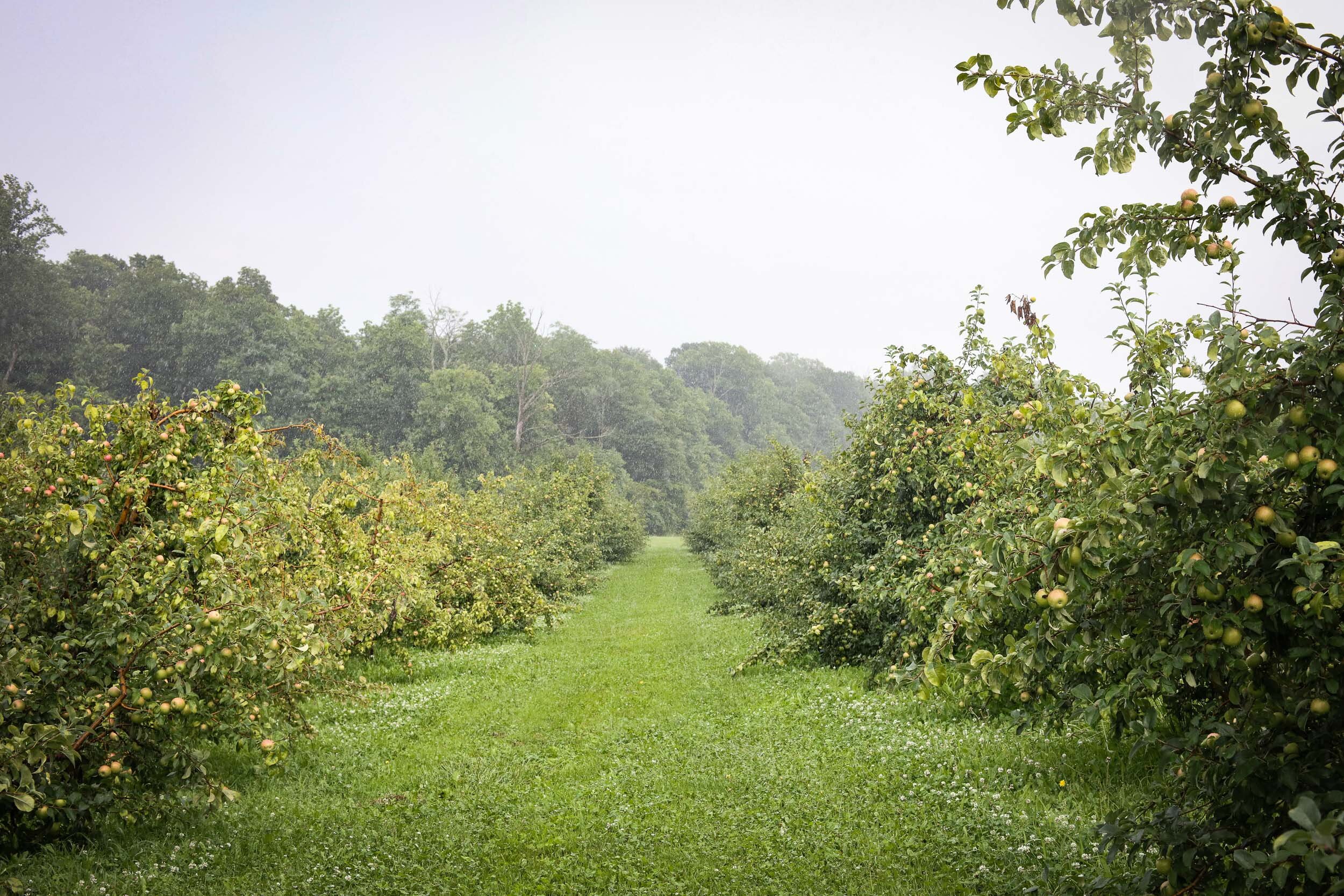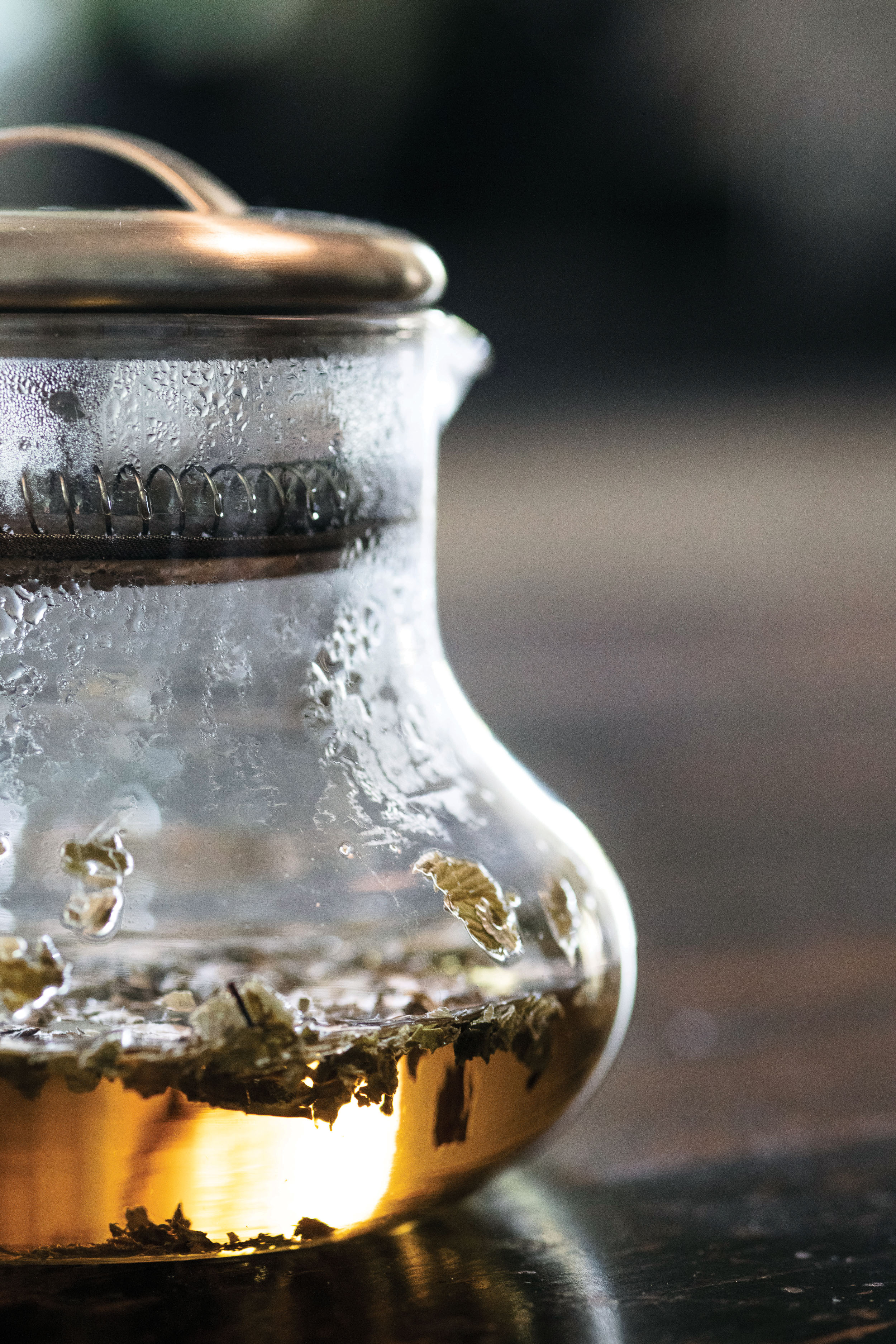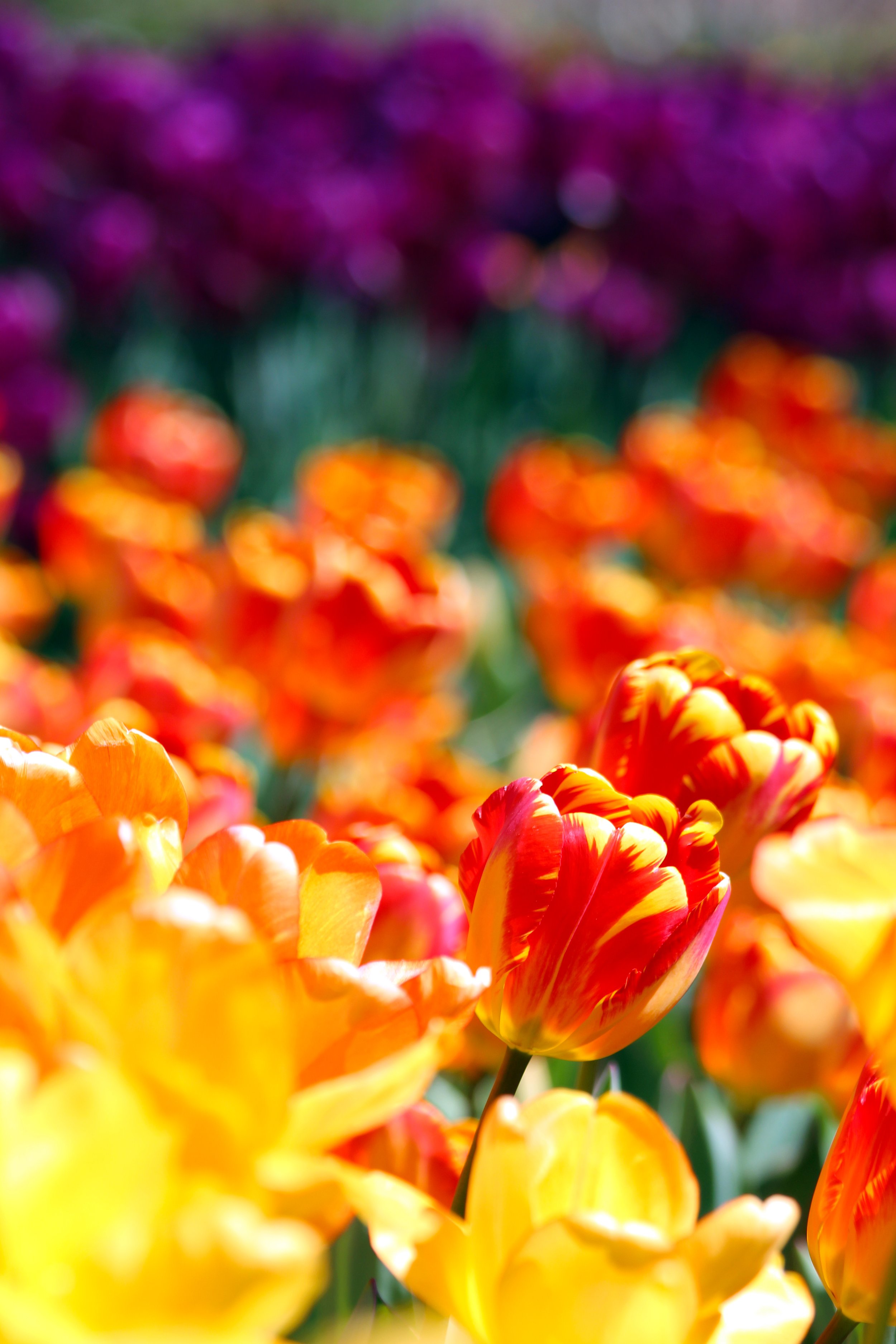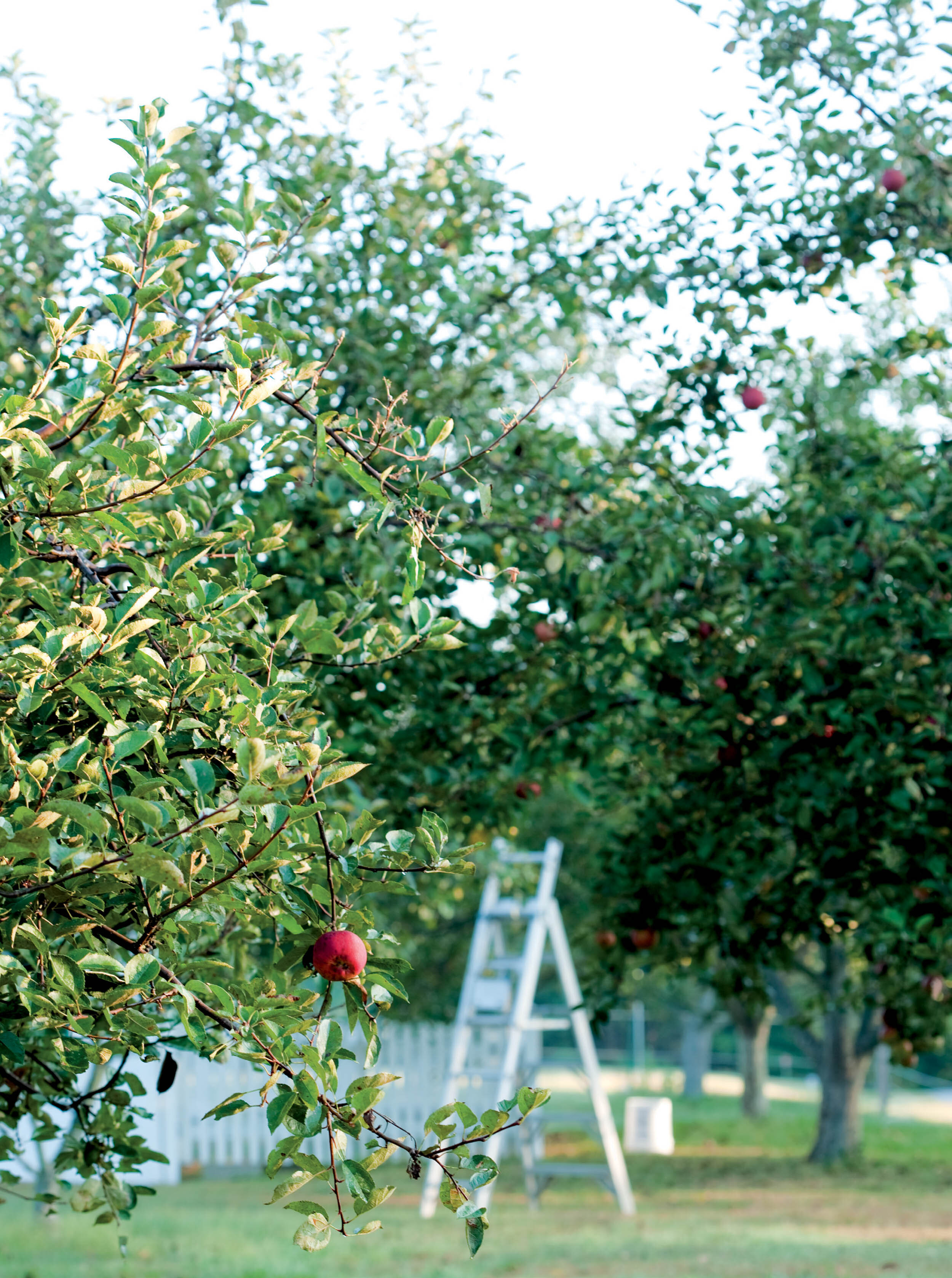Falling Hard for Cider

From local orchards to your basement cellar: Our Garden columnist toasts to the bliss of home-fermented hard cider. photography by Julie Kramer
I first fell for hard cider—by which I mean proper hard cider, not the cloying, mass-marketed stuff passed off as cider in convenience store coolers—when I came across a dust-fuzzy bottle on the bottom of a long-gone corner deli’s wine rack. I never knew its name; the label had fallen off. The only writing legible on its faded back label warned that this unpasteurized product from France could contain lethal bacteria and, opened at the wrong angle, would cause irreparable damage to my face. Sign me up!
I took the bottle home and uncaged the cork, which shot onto my neighbor’s roof. One sip, and my longstanding interest in hard cider went all amor fou. Two sips of its effervescence, mysterious with autumnal musk and sublimated ripeness, and I resolved at all cost to drink more of the stuff. The less filtered, the funkier, the better.
Downing Fruit Farm will have a plethora of apples this fall (2021), a harvest size not seen in 80+ years. Mix and match heirloom varieties to crush your own pulp or buy Scott Downing’s blended cider (no preservatives added) to take home and experiment. Find Scott at the Oxford Farmers’ Market or visit the farm in New Madison, OH.
My partner and I began to seek out ciders, but they were expensive and hard to find. We’d recently gotten into home brewing beer and had the necessary equipment: Why not give cider a shot? We bought five gallons of unpasteurized, unpreserved apple cider from a farm near Lebanon, OH. At Listermann’s Home Brew Supply Store we explained what we were aiming for. We wanted it bubbly and above all, dry. We were sent home with a test tube of champagne yeast.
The airlock over our carboy was soon bubbling merrily away. When it stopped, signaling the end of fermentation, we bottled the liquid and aged it for a few months. It wasn’t going to win any awards, but it was plenty drinkable. And it was ours. Every bottle opened was slightly different as it aged. We weren’t ever going to reach the caliber of that bottom-shelf bottle of mysterious French origin, but we were in love.
So to my mind, if you’re going to home brew, hard cider is an excellent use of your time and labor. Beer is great, but beer is common. Quality ciders, despite a recent resurgence in their production, are still harder to find and often costly. More than most brews, the hyperlocality of ingredients really shines through a homemade cider, as intimate as the yeasts that live on the skins of apples gathered just beyond your door.
Hardly a New Thing
Hard cider has a long and storied history here in the Ohio Valley. It begins with John Chapman, aka Johnny Appleseed, paddling canoes of apple seeds down the Ohio River to sow orchards of apple trees (see Michael Pollan’s The Botany of Desire). Apple trees grown from seed are unpredictable, as often as not bearing fruit called “spitters” that are too tough and tart for munching.
Chapman was anticipating demand: In Ohio, settlers were legally required to plant a small orchard in order to stake a claim to land, and custom dictated that a barrel of cider greet visitors to every homestead door. Prohibition took the hatchet to most cider orchards. Then the fruit industry whittled down the available varieties of Malus to the few sweet varieties you find at most grocery stores. Thus another reason you should make and drink hard apple cider: to renew interest in the cultivation of antique varieties that have been cast by the wayside.
Not a fan of the drink? Trust me, there’s some version you’ll like. From sweet to sour, from British “scrumpy” to French cidre, farm-style, or Basque. Some of it is easy to drink; some more of an acquired taste.
A Home Brewer’s Funhouse
Therein lies the allure. Every last batch of homemade hard cider is an utterly unique product of a certain place at a specific time. If you’re willing to experiment with apples’ naturally occurring wild yeasts, cider is a veritable funhouse for the palette. ‘Terroir’ seems too fancy a word for this down-home drink. ‘Character’ is better. And its simplicity, unmarred by hops or other additives—although you can play with endless added flavors—lets you read its story with your taste buds.
Listermann Brewing Company store manager and pilot brewer Allen Moellmann recommends starting with a cider brewing kit. This will help you get a handle on the variables before you go rogue. Read recipes. Read a book on cider making. Watch some YouTube videos. Talk to the staff at your local home brew supply. Read some more.
Moellmann was drawn to home brewing out of an interest in cooking, microbiology, and “the engineering aspect.” With cider, he says, “raw ingredients make the product, and yeast makes the beverage.”
Brewing yeasts are the hardened alcoholics of the microbial kingdom. They share with humans a drive to consume and pollute themselves to death. Lucky for us, the byproducts of their inevitable demise are alcohol and carbon dioxide. For hard cider, you can use ale yeast, wine yeast, proprietary cider yeasts, ESB yeasts—all will get the job done, but they have a profound effect, as Moellmann says, on the finished beverage.
And how ’bout them apples? You need fresh-pressed cider, murky, brown, preservative-free cider, not clear, bottled juice from the grocery store.
Moellmann recommends finding a regional orchard willing to make a blend for you, ideally one that includes a tart variety to balance the dominant sweetness of varieties you find at most farms. Traditional ciders weren’t made with the sweet apples brought to us by Big Fruit. Despite a resurgence in traditional ciders in microbreweries, cider apples are not easy to find. And cider sourced at least partly from apples gathered from the landscape will mean that much more in the final pour.
“Some people even use crabapples to increase the tannins,” Moellmann says, particularly the Dolgo varietal, which is popular with both landscapers and cider makers. In fact, you can actually make cider entirely from crabapples. So grab a couple of five gallon buckets and, as the angle of the sun begins to drop and the green begins to gold, take a walk.
An affinity for homemade, homegrown cider will get you noticing apple trees—the scrappy apples hidden in hedge lines or where former farmland has returned to woods. Cider doesn’t care about imperfections; foraged wild apples are just fine.
Qualities quite opposite what we’ve come to expect an apple should be make them ideal for cider-making. Many traditional cider apples are russeted, with a rough skin that helps boost tannins. Certain types, dating back to the 16th century, can be used for a straight, single-fruit cider, no blending necessary. Ashmead’s Kernel is one such centuries-old fruit, says Moellmann, “sweet and apple-y up front, and finishing with a tartness.”
Finding the right apples can be tough. Which is why, Moellmann says, “a lot of people are just growing them on their own little orchards.”
Backyard Orchard, Basement Cider
Marsha Lindner is one such home cider maker, with a small orchard at her Indian Hill home. The orchard dates to the 1930s, she says, and even came with a cider press which she and her husband, Brad, restored and use today. As some of their older trees died, Lindner replaced them with antique varieties. A little over a decade ago she realized she had some really good cider trees.
“I thought, you know, how difficult can it be? Anybody with reasonable intelligence and the internet and a library can figure this out. So we started making some ciders.”
These days, the Lindners are making 40 to 70 gallons of hard cider annually, hosting tastings, and winning awards. Lindner’s blends vary year to year depending on what the orchard yields. “Some trees might be overabundant and some lacking,” she says.
She begins blending fruit early in the harvest, holding back earlier tart apples to mix with later, sweeter fruit. “Some of those tart apples, if you let them sit for a month, two or three months, you get this interesting, kind of nutty flavor. The starches convert to sugar. So I blend as they go. If I have three different trees of early apples, I’ll start blending those together in a basket or in a bin so that they’re ready to go when I’m ready to press.”
She presses crabapples and some cider-specific varieties that are highly tannic separately, she says. Tannins are to cider as they are to wine: a source of astringency that comes from the skin. Too much tannin makes an unpleasant drink. “Just getting that balance, that’s the goal,” she says. “Sometimes you hit it just right.”
So cidermaking is equal parts science and art, with a dose of divination. Lindner takes lots of notes. Both Lindner and Moellmann suggest that those new to cider start with a small batch. You must thoroughly sanitize your equipment, bottles, everything that comes in contact with your cider. And Lindner recommends investing in a hydrometer, which can be used to measure the specific gravity of your cider before and after fermentation, giving insights into the conversion of sugars and final alcohol level.
From there, you can keep it simple and short: Just ferment the cider and drink it. Or you can get more technical with an eye to the long game by siphoning it into a secondary fermentation vessel to remove the yeast and sediments, then let it age and clarify.
In home brewing, you’re bottling more than ingredients. You’re capturing seasons. Time itself becomes something you can savor. That, to me, at a point in history when we no longer need to preserve the harvest for survival, is part of the value of making anything by hand, of growing food or foraging.
Making cider lets you drink in not just the fruit of some past fall, but drink in your surroundings, your relationships. To drink life itself.
Ever since his grandfather put him to work squashing potato bugs and shoveling compost in a vast organic garden north of Philadelphia, Cedric has loved the outdoors. These days, he squashes bugs for his green-thumbed partner, Jen. His writing has appeared in Saveur, Cincinnati, This Old House, and Belt magazines. He is the Collector at the Mercantile Library Downtown.






